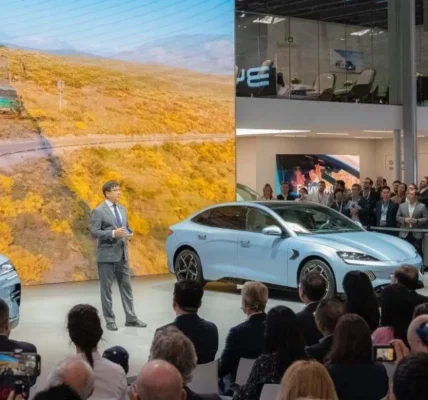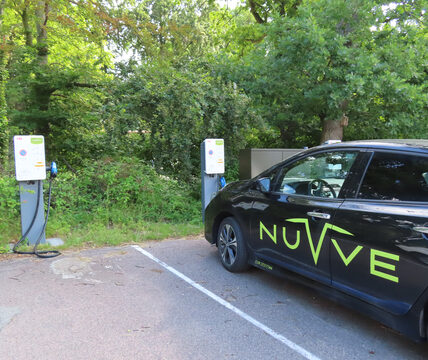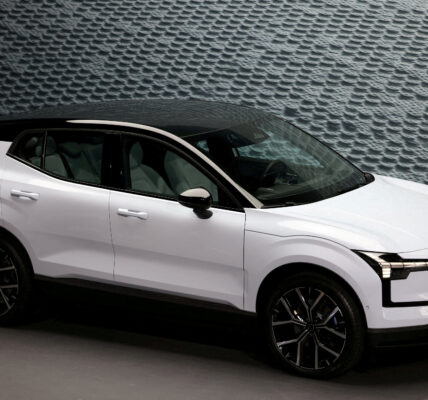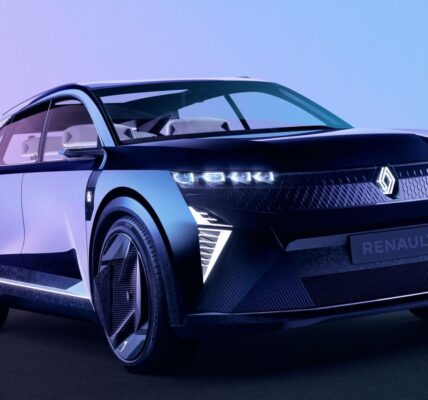Serbia’s government said on Friday it signed a memorandum of understanding (MoU) with the European Union (EU) on the launch of strategic partnership in the fields of sustainable raw materials, battery value chains, and electric vehicles (EVs).
The MoU was signed by Serbia’s energy minister Dubravka Djedovic Handanovic and the European Commission vice president Maros Sefcovic at the Critical Raw Materials Summit in Belgrade, the government said in a press release.
“The high raw materials potential of Serbia combined with the ambitious strategy to develop a vertically integrated EVs value chain within Serbia, matched with the EU’s technological maturity and expertise along the entire raw materials value chain, and supported by geographical vicinity, provide a solid base for the Partnership,” as per the the MoU published by the European Commission.
The parties plan to develop within six months a strategic partnership roadmap to identify concrete steps for their cooperation, according to the MoU.Along with the agreement, a letter of intent on developing an “e-mobility value chain” in Serbia was signed at the summit, the government said. The letter of intent was signed by Serbia’s economy ministry, the European Bank for Reconstruction and Development, German development bank KfW, Italian development bank Cassa Depositi e Prestiti, Mercedes-Benz, Rio Tinto, venture capital firm EIT InnoEnergy, and battery developers InoBat and ElevenEs.
These documents were signed after Serbia’s government on Tuesday reinstated permits for Rio Tinto’s $2.4 billion (2.2 billion euro) lithium-borate mine project in the country. The project had caused a wave of protests in the country over environmental concerns, but last week’s constitutional court ruling paved the way for the development to continue.
Serbia’s president Aleksandar Vucic said in a recent interview with the Financial Times that Rio Tinto’s planned mine in the Jadar Valley in western Serbia was projected to produce 58,000 tons of lithium per year, enough for 17% of EV production in Europe or about 1.1 million cars.








